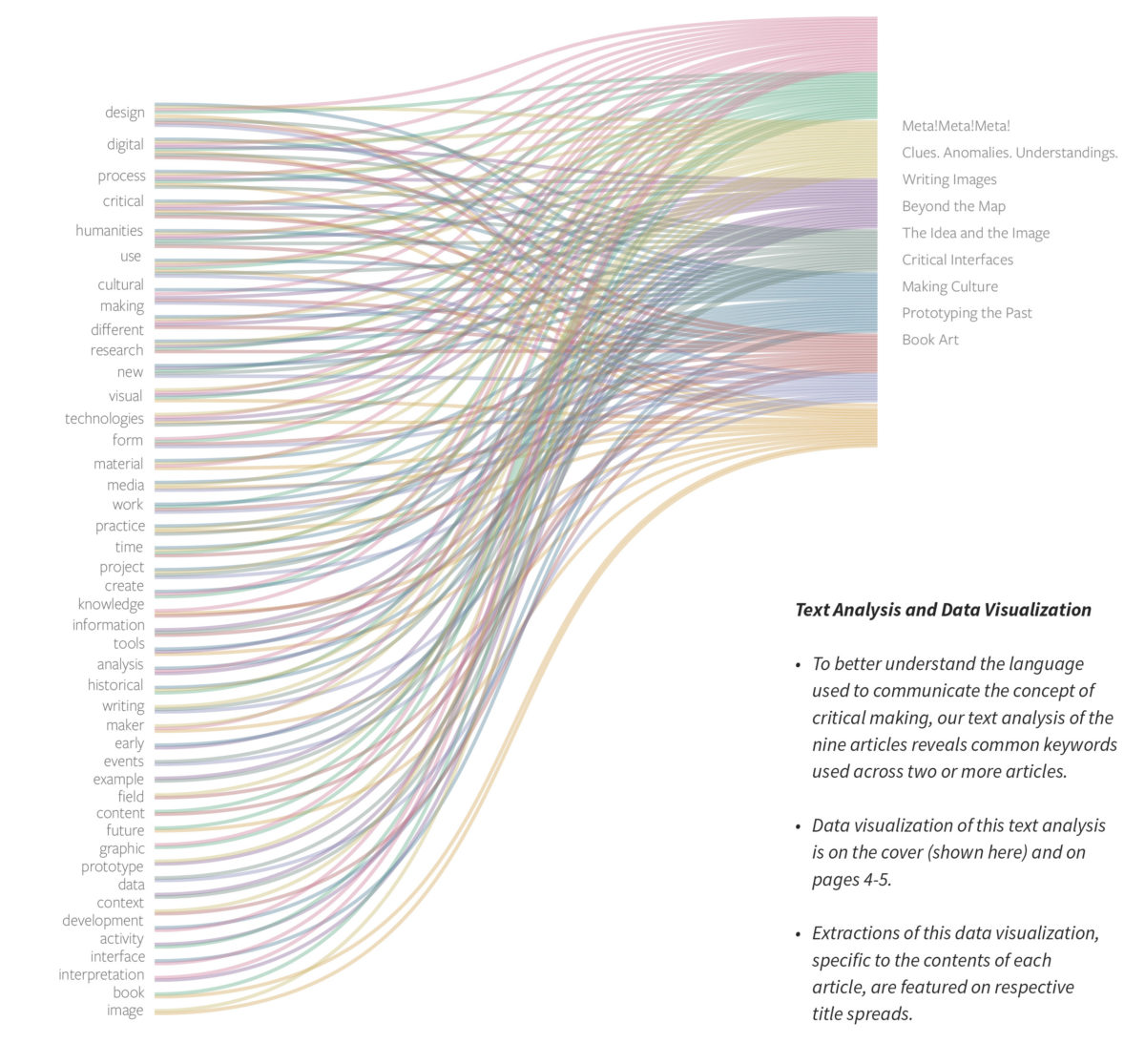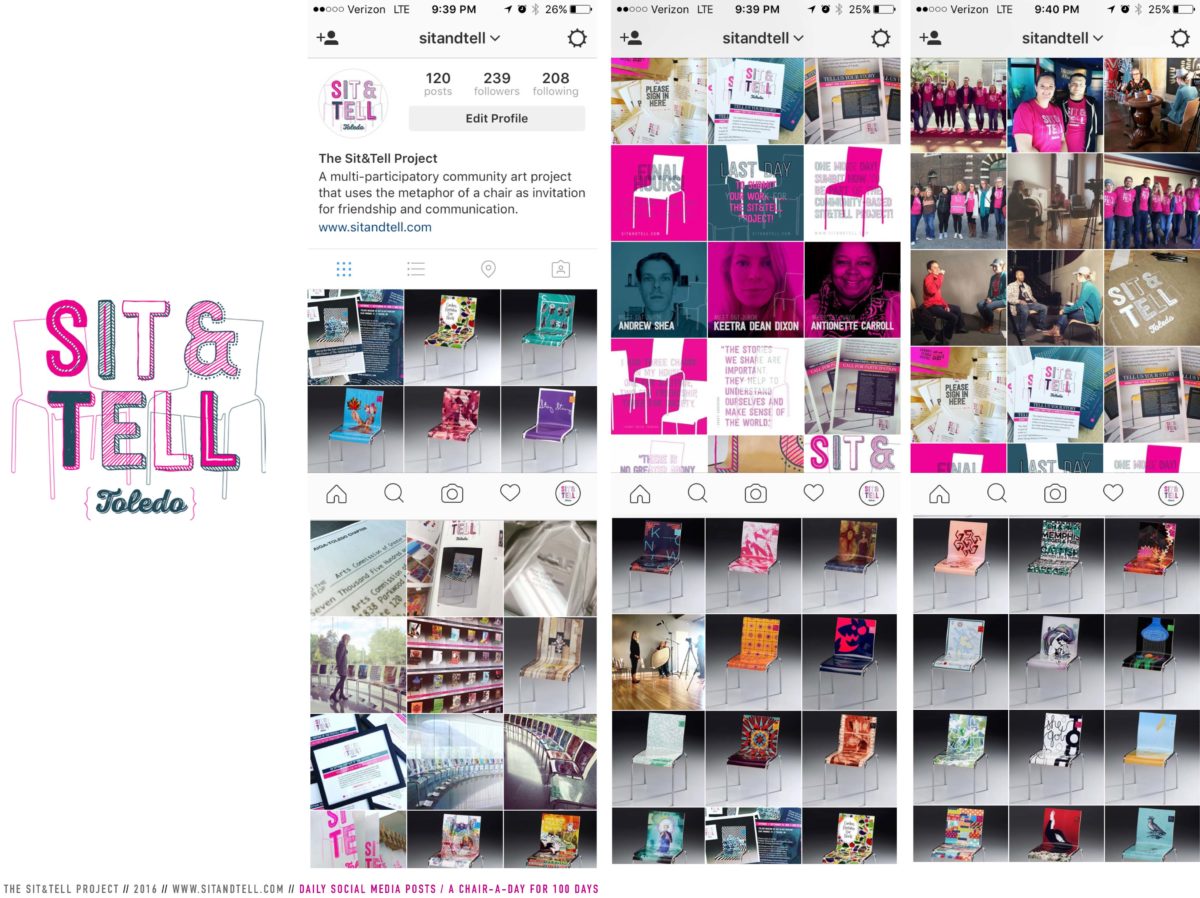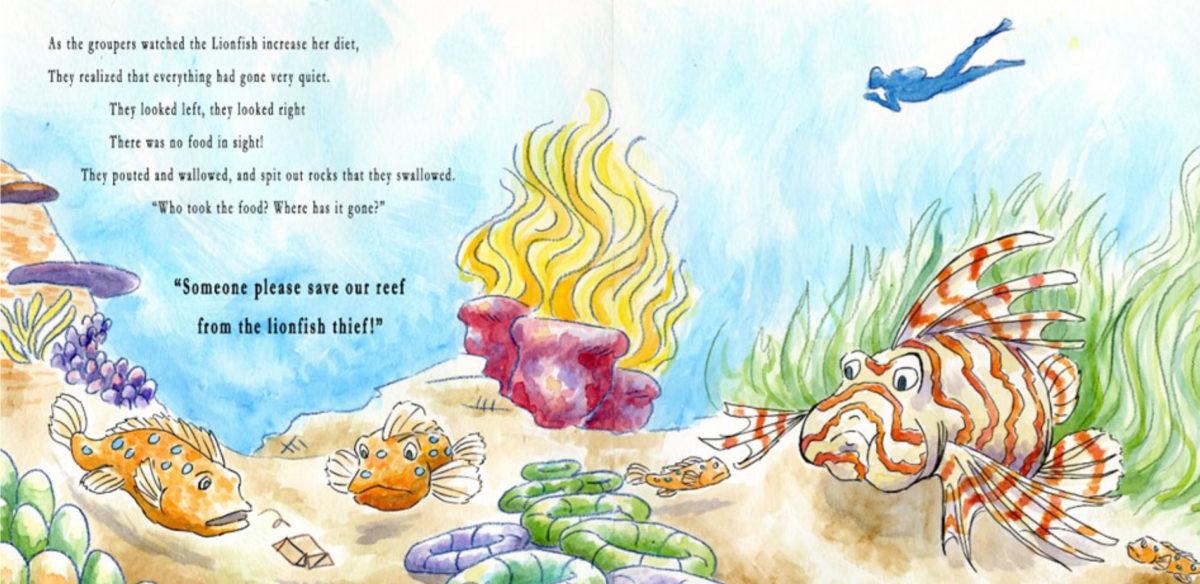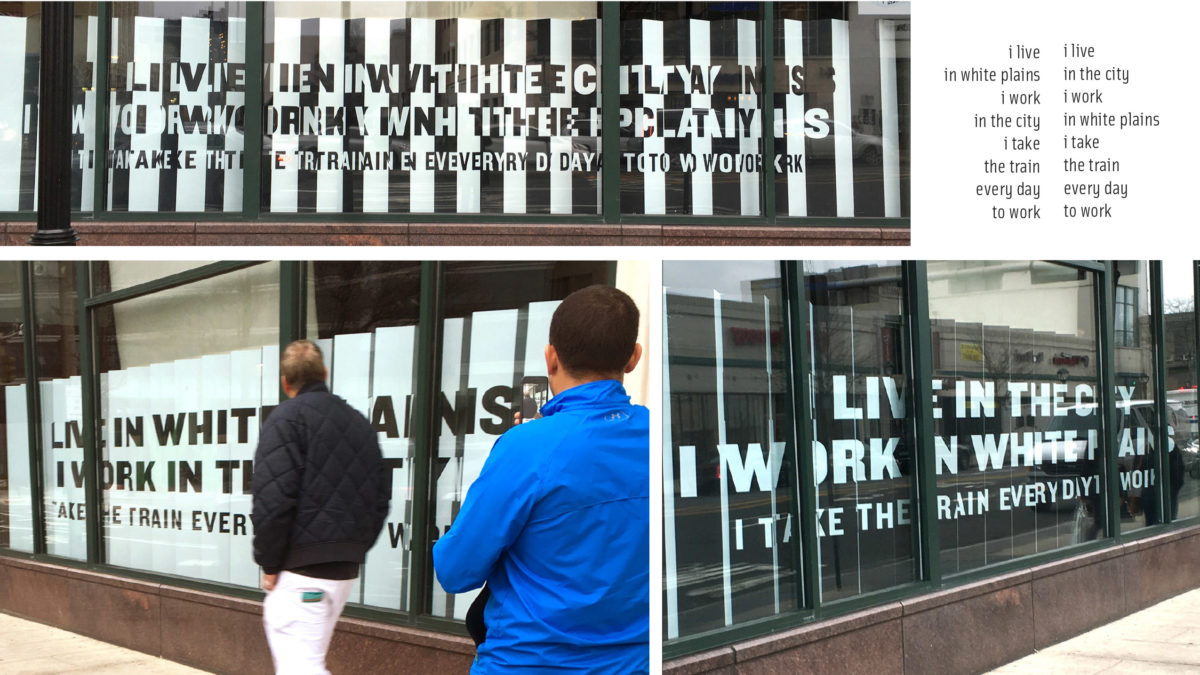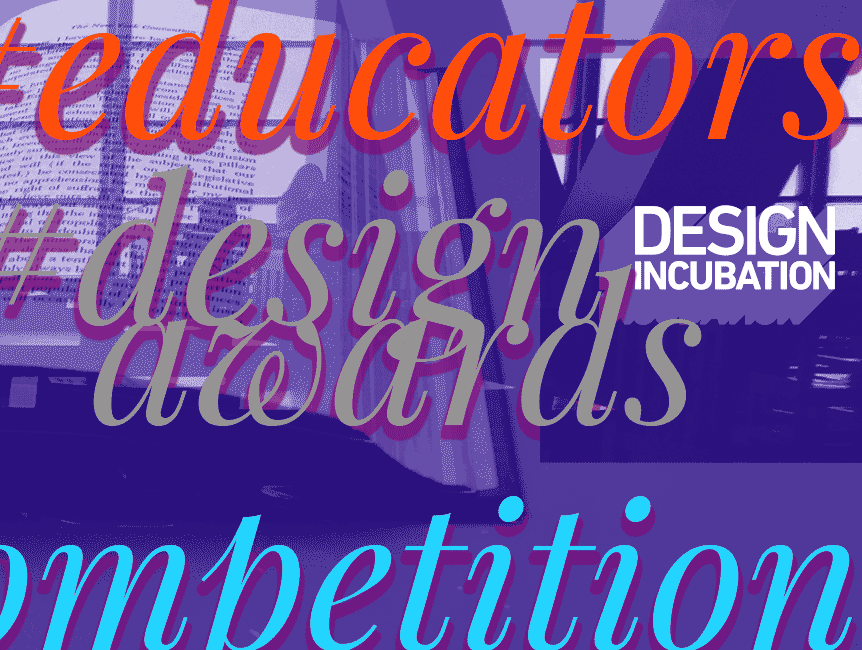Scholarship: Creative Work Award Winner
Kareem Collie
Lecturer
Harvey Mudd
Stanford University
“In a 24/7 media environment that bombards us with all kinds of content and exposes us to all kinds of arguments, some of which don’t always rank that high on the truth meter…information becomes a distraction, a diversion, a form of entertainment, rather than a tool of empowerment, rather than the means of emancipation. So all of this is not only putting pressure on you; it’s putting new pressure on our country and on our democracy.” -Obama
President Obama made this statement in May 2010, during one of his most tumultuous years in office— healthcare reform, financial reform, the BP oil spill … the list continues. The notion of being bombarded by media is not a new one. This idea was discussed often during the last half of the 20th century, as television became ubiquitous in American life. The proliferation of media content, voices, and audiences (specifically in relationship to news content) continue to grow and reach into every aspect of our lives through 21st century media tools and channels. The discourse on media and its impact on society continue to call for scrutiny, and as Obama says, it continues to put “new pressure on our country and on our democracy.”
Using Obama as a prism, I examine the culture of American mass media, examining the fidelity of news content amongst the ever-growing, ever-fragmenting, modern media landscape. I investigate the audience’s active engagement in the construction of their relationship to reality, the flawed nature of news makers and their perceptions of the world, and offer an alternative narrative approach to the construction of the self.
I approach this essay through the convention of narrative and visual communication. I discuss narrative as a mechanism of our individual cognition and cultural engagement, allowing for personal and collective understanding of the world around us. The tools of visual communication design are used to reframe the discussion of today’s 24/7 media environment, hoping to step outside of the “wolf’s gullet,” using the tools that help coat its lining.
My hope here is three-fold: (1) Using President Obama as an example, I wish to examine and illuminate the current role of media in our lives, (2) reframe the discourse of media and the active nature of the audience through the use of visual communication design, to pose new questions and answers and (3) present an alternative means of finding our sense of self within the deluge of media today.
Fidelity-NewPaperXLiminalX-FiveXPager
Kareem Collie is a lecturer at Harvey Mudd College and Stanford University. He is a design professional, with over fifteen years of experience designing, directing, and leading projects in branding, advertising, interactive, and creative strategy. His collaborative and leadership skills span across diverse areas of the industry, from the boardroom to the classroom.
Kareem is also a lifelong learner and educator, with a decade of experience teaching design and design thinking. His research interests are visual communications, design thinking, narrative, audience reception, and media theory.
As a deep thinker, visual storyteller, and maker, Kareem endeavors to inject more critical thinking and intentionality into the creative process, a notion that drives both his practice and pedagogy.
Recipient of recognition in the Design Incubation Communication Design Awards 2017.

